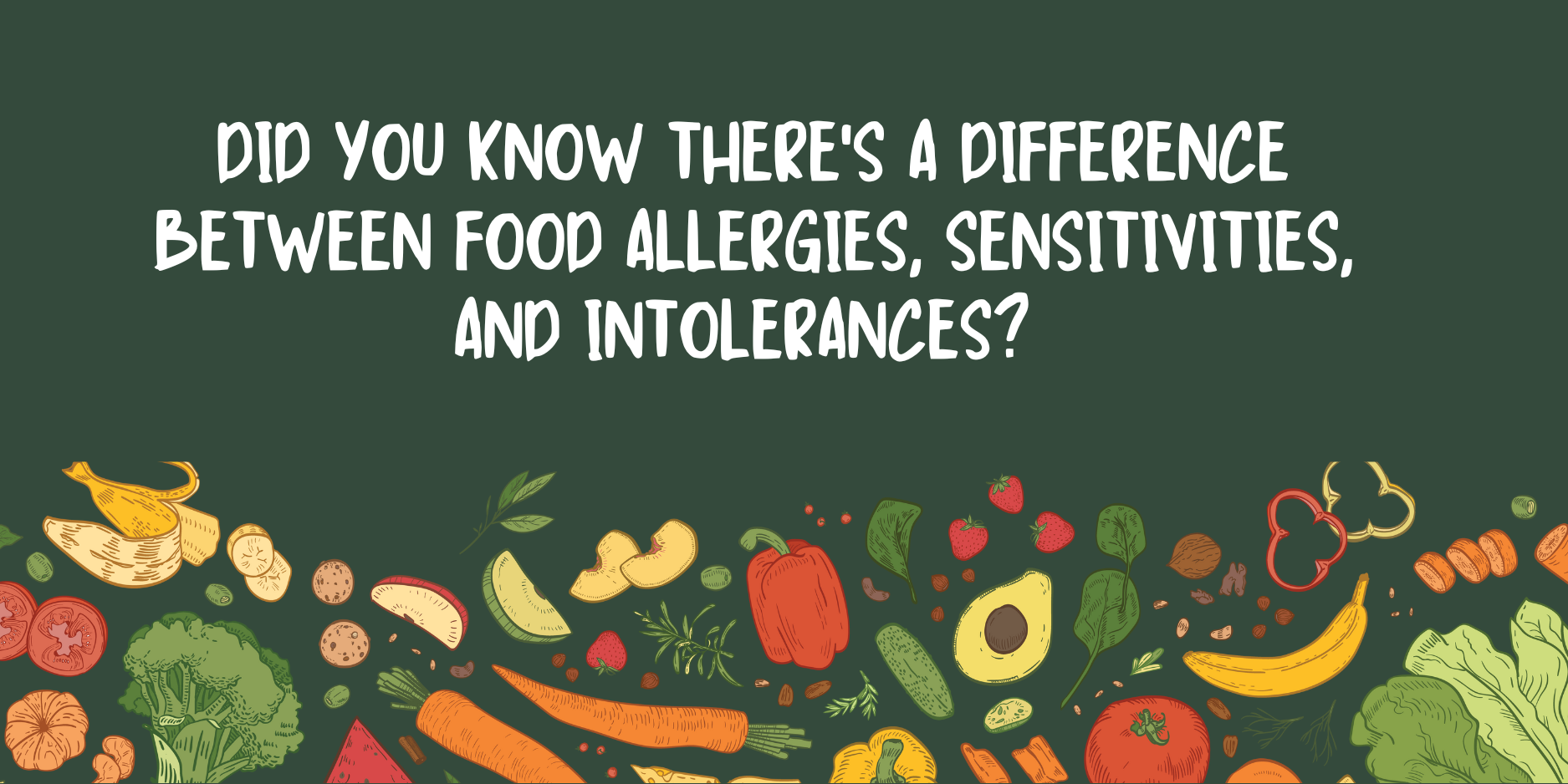

Hi, this is Dr. Emily Parke with today’s Functional Health Minute. I’d like to talk to you guys a little bit about pain and how pain signaling works, and the different types of pain fibers, because that’s going to come in handy in future videos where I’m going to continue on talking about different types of pain and how we can manage pain naturally.
So, there are different types of pain nerve fibers; there’s sensory, so sensation; motor, movement; and then sympathetic, which has to do with the autonomic nervous system. You’ve heard me talk about sympathetic and parasympathetic nervous systems in the past, especially related to things like meditation, deep breathing, kind of relaxation practices that calm down the sympathetic nervous system, which is that fight-or-flight side of the nervous system.
Then there’s how pain signaling actually works. So, it’s a pretty complex process, but pain signaling, another name for it is known as nociception. The way it works, it’s a really complex process that involves the central nervous system, the peripheral nervous system, the brain, and the immune system. Remember I said immune system because that’s going to come to be important later.
When you get a painful stimulus, I’m just going to use an example of your hand touching a hot stove, that’s your painful stimulus in this example. The pain is going to travel up the peripheral nerve, the peripheral nerve supplying sensation to your hand, and motor to your hand. So it’s going to travel from, let’s say your burnt finger all the way up the peripheral nerve, it’s going to be conducted to something called the dorsal root ganglion and the spinal cord. Then it’s going to go to the brainstem, then from there it goes to the thalamus, which is a part in the brain that senses pain, your cerebral cortex, which is the big part of your brain, the white matter. And then you’re going to have a central perception of pain. And this happens, as you know, it happens almost instantaneously. There’s not really much of a delay for a normal pain-signaling response.
So obviously this circuit serves us really well in times of acute injury, like the burn example I just gave. You want to know that’s hot and hurting you so you can pull your hand away and not have continued injury to yourself. Or let’s say you had a fall and you broke your arm, obviously the pain is there to tell you something is wrong. So it does have a good purpose. But the pain signaling can become dysfunctional, so it does not serve us very well for other types of pain, like neuropathic-type pain, which is nerve-type pain. And there’s something called complex regional pain syndrome (CRPS), in which pain signaling becomes just not normal. And then there’s other dysfunctional pain syndromes as well.
So next, I’m going to kind of talk about the four main types of pain, and then we’ll get into a little bit of why it might be happening. So nociceptive, inflammatory, neuropathic, and then dysfunctional. And there’s so many factors that are involved in these different types of pain, it’s not simple at all. The receptors and the nociceptive sensation are for serotonin, prostaglandins, histamines, growth factor, cytokines, ligands, and then there’s these intracellular transduction signals as well.
When some of these become really dysfunctional, then you can have what we call chronic pain. Chronic pain is defined as pain that’s present for more than four weeks. It can come from persistent tissue damage and inflammation, but it can also be due to an abnormal function of the nervous system. So, this is my first primer and introduction into pain and how to manage pain naturally. I wanted to review the basic types of pain and how pain signaling works. This is Dr. Emily Parke with today’s Functional Health Minute.
Share:
Dr. Emily Parke
Social Media
Most Popular Posts
Subscribe To Our Newsletter
Related Posts

New Podcast Episode: My journey into functional medicine + what I’ve learned
I’m excited to share that I recently joined DeLo for Episode 165 of the On the DeLo podcast! In this conversation, we explored my journey

Understanding the Essential Labs for Women on Hormone Replacement Therapy (HRT)
So what are the minimum labs we’re looking at when we do hormone replacement therapy? We obviously want to look at an estrogen level, so

How to figure out the right amount of HRT in women
What about checking lab values when you’re on hormone replacement therapy? I do find it to be helpful, but we also want to consider symptoms.

Did you know there’s a difference between food allergies, sensitivities, and intolerances?
Did you know that there’s a difference between food allergies, food sensitivities and food intolerances? Food allergies, the reactions tend to happen pretty immediately and
